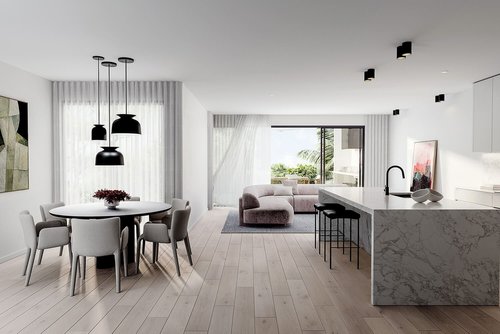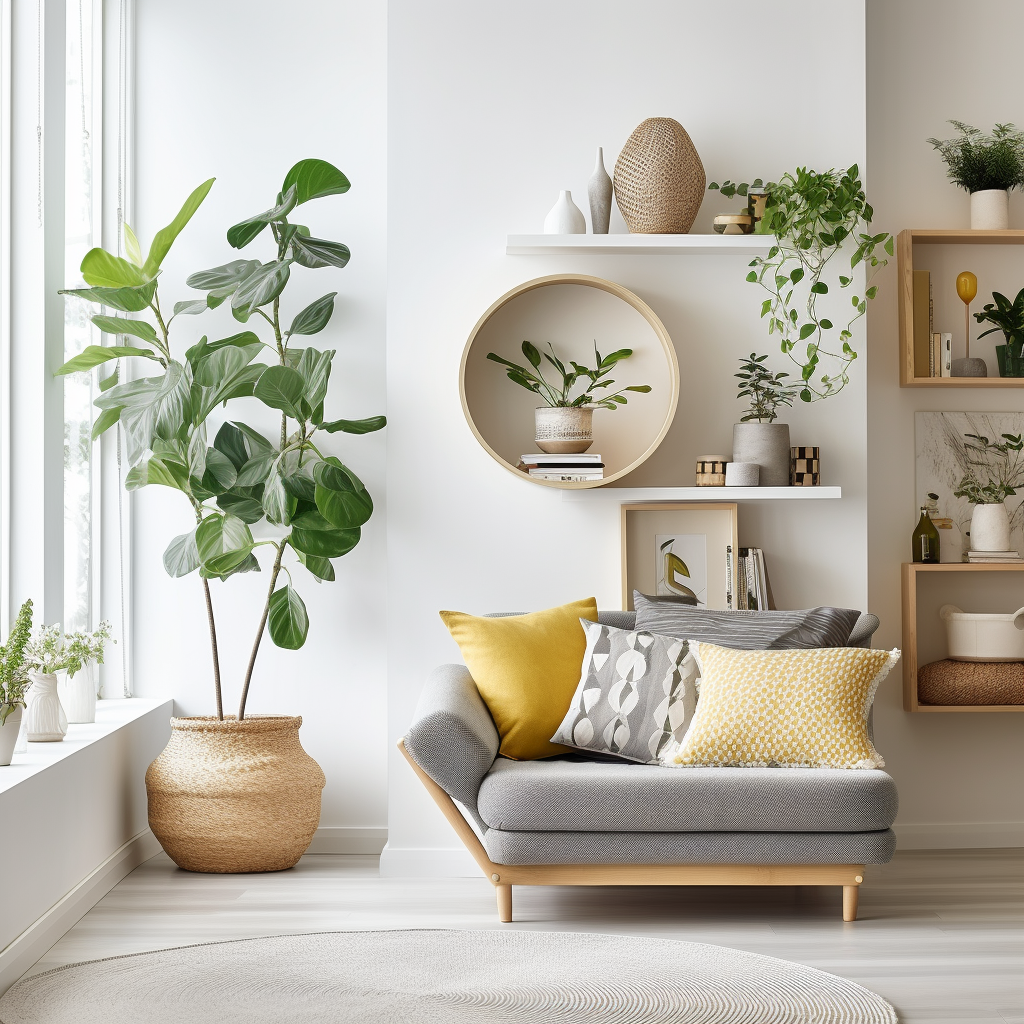Explore Ingenious Solutions in Interior Architecture Miami
Why Recognizing the Principles of Interior Decoration Is Necessary for Effective Room Planning
Comprehending the principles of indoor style is fundamental to reliable space planning, as it lays the groundwork for creating environments that harmonize capability with aesthetic allure. Essential components such as proportion, balance, and flow are not merely decorative factors to consider; they are essential in maximizing exactly how an area is utilized.
Relevance of Room Planning
Room preparation is an essential element of interior decoration that substantially affects the functionality and aesthetics of an area. It entails the tactical arrangement of furniture, fixtures, and architectural components to maximize using offered area while improving the total individual experience. Reliable room planning addresses different variables, consisting of circulation, ease of access, and the specific demands of the occupants.
One of the primary advantages of area planning is its capability to improve spatial efficiency. Interior design studio Miami. By attentively organizing a layout, designers can make sure that every area offers an objective, decreasing clutter and advertising a feeling of order. In addition, correct area preparation cultivates an unified atmosphere, enabling smooth motion and interaction within a space
Moreover, successful area preparation considers all-natural light, sightlines, and the relationship in between different locations. This holistic method not only raises the visual appeal but additionally contributes to the health and productivity of the occupants. Ultimately, a well-executed area strategy contributes in developing a balanced and inviting ambience, making it necessary for any type of interior layout project.
Secret Principles of Interior Decoration

One essential principle is equilibrium, which can be in proportion, asymmetrical, or radial. Balanced balance develops a feeling of order, while unbalanced equilibrium uses a much more vibrant aesthetic appeal. Another important concept is percentage and range, making sure that the size of furniture and design elements associate harmoniously per other and the overall room.
Color concept likewise plays a considerable duty, impacting mood and understanding. Designers make use of shade palettes to evoke details feelings and improve the spatial experience. Additionally, the concept of rhythm involves developing a sense of movement via rep of shades, patterns, or forms, guiding the eye throughout the room.
Finally, the concept of emphasis routes focus to centerpieces, permitting for a clear story within the layout. Interior designer Miami. By sticking to these key concepts, interior developers can produce atmospheres that not only fulfill useful needs but likewise reverberate with the passengers on an emotional degree
Effect On Capability and Flow

The plan of furniture, the choice of products, and the combination of technology all play essential duties in accomplishing optimal performance. For example, positioning seating areas in proximity to work areas can facilitate communication and collaboration, thereby boosting productivity. Additionally, making sure that pathways are clear and unobstructed allows for effective movement, decreasing blockage and promoting an all-natural circulation throughout the space.
Furthermore, integrating elements such as illumination and color can further aid in marking locations, making it less complicated for individuals to browse their atmosphere. Thoughtful room preparation takes into consideration not only the physical elements of design however likewise just how users connect with their surroundings. Inevitably, a concentrate on capability and flow not only improves the customer experience but likewise boosts the total efficiency of the area, developing a setting that fulfills the needs of its owners while promoting a sense of consistency and balance.
Enhancing Visual Appeals and State Of Mind
Three essential aspects-- lighting, color, and structure-- play crucial roles in improving the visual appeals and mood of an indoor area. Color develops the emotional tone; cozy colors like reds and oranges evoke power and heat, while cooler shades such as blues and eco-friendlies advertise peace and serenity. Picking a harmonious color scheme can transform a room, creating a visually appealing and cohesive environment.
Structure adds deepness and rate of interest, adding to the responsive experience within a room. A mix of appearances-- smooth surfaces, luxurious fabrics, and all-natural products-- can create aesthetic intrigue and boost convenience. Combining a soft velvet sofa with a smooth glass coffee table can create a well balanced aesthetic that invites communication.
Lighting, often an ignored aspect, substantially impacts state of mind. All-natural light fosters an open, ventilated ambience, while purposefully put artificial illumination can produce heat and highlight imp source architectural features. Dimmer switches make it possible for flexibility, enabling adjustments to suit numerous activities or times of day.
Incorporating these three components thoughtfully not only elevates the aesthetic appeal of a space yet additionally cultivates an environment that resonates with its designated purpose, eventually enriching the general experience for its occupants.
Practical Applications in Real Life
Applying interior decoration principles in reality calls for a thoughtful approach that integrates shade, see this site structure, and lights into daily rooms. By comprehending exactly how these components function together, people can create settings that are not only aesthetically appealing however likewise useful and unified.
For instance, in a tiny living location, employing a light color palette can make the room really feel bigger and much more open. Strategic usage of mirrors can boost natural light and produce an impression of depth. Integrating various structures through textiles, such as rugs and pillows, can include warmth and interest without overwhelming the senses.
Illumination plays an important function in defining the environment. Layered lighting, containing ambient, task, and accent choices, permits versatility in state of mind setups. In a home office, as an example, a combination of natural light, desk lights, and attractive fixtures can enhance productivity while preserving an inviting setting.
Furthermore, comprehending spatial connections and furniture arrangement can cause enhanced capability. By adhering to concepts such as balance and proportion, one can make sure that rooms offer their intended function while staying cosmetically pleasing. Overall, useful applications of interior design principles significantly boost the livability and charm of any setting.
Final Thought
Finally, recognizing the concepts of indoor layout is important for effective room preparation, as it cultivates an equilibrium between performance and looks. By applying essential ideas such as proportion, color theory, and circulation, developers can produce environments that improve both functionality and visual appeal. Ultimately, this understanding contributes to the development of areas that not only fulfill functional needs yet additionally raise the overall atmosphere, bring about even more efficient and delightful experiences for customers.
Comprehending the principles of interior design is fundamental to efficient space planning, as it lays the foundation for developing environments that harmonize performance with visual allure.Area preparation page is an essential element of indoor design that dramatically influences the performance and appearances of an area. Additionally, appropriate space planning promotes an unified setting, allowing for seamless activity and interaction within an area.
In addition, the principle of rhythm involves producing a feeling of activity through rep of shades, shapes, or patterns, directing the eye throughout the space.
In conclusion, recognizing the principles of interior style is critical for effective area planning, as it promotes an equilibrium in between performance and aesthetics.